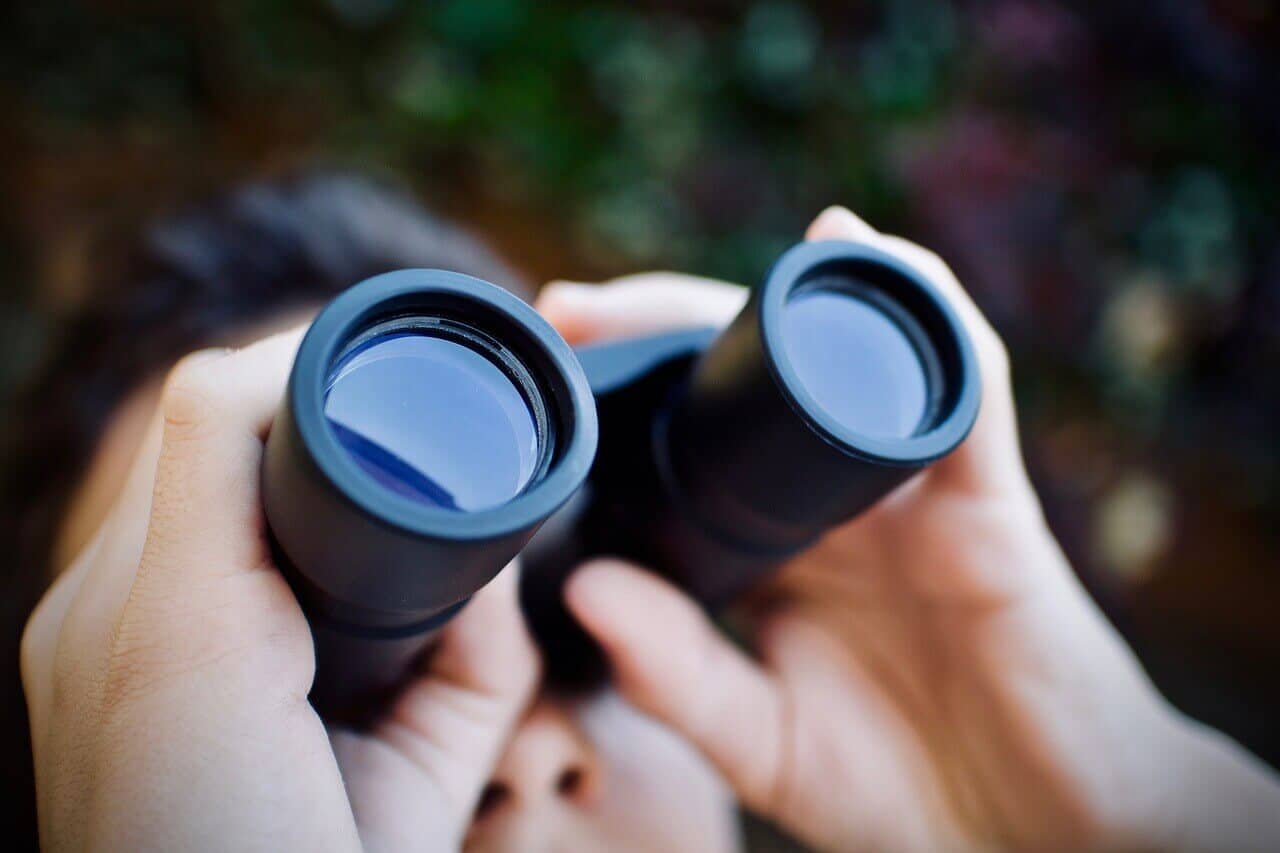Have you ever wanted to get a closer look at the planets and stars in our solar system? While most people assume that this requires expensive and complex equipment, it turns out you can actually do it with something as simple as a pair of binoculars! In this article, we will explore how you can use binoculars to observe the planets and gain an even deeper understanding of our night sky.
Ask the experts
We asked resident astronomy expert, Mark Davies, if you can observe planets with binoculars. You can also read our post on whether you can use spotting scopes.
“As an astronomer, I often get asked whether you can spot planets in the night sky using binoculars. The answer is yes, but it is not as easy as you may think. Seeing planets with your own eyes is a thrilling experience, and having a pair of binoculars can greatly increase your chances of spotting them.”
How to do it?
“However, you need to be aware that planets can be very faint and difficult to see with the naked eye. Even with binoculars, you may need to wait for a clear night with a dark sky to get the best view of the planets.
When it comes to seeing planets with binoculars, the best way is to look for the brightest ones first. The brightest objects in the night sky are usually stars, so you will want to look for those first. Then, you can try to spot the planets by looking for the patterns of stars that make up the constellations. Once you have spotted the patterns, you can then look for any bright spots that standout from the stars. These bright spots are usually planets.
Another way to spot planets with binoculars is to look for the planets that are closest to the Sun. These planets can be seen best in the early morning or late evening. They will appear to be bright and will stand out from the stars.”
Which planets can I see?
“On a clear night, you can easily spot some of the shining planets in the solar system with binoculars. For those in the Northern Hemisphere, the luminous Venus will dazzle like a diamond in the sky and can be found anywhere during the night. Mars will offer a slightly more subtle approach as a small reddish dot, while Jupiter appears like a white ball.
Meanwhile, if you’re located in the Southern Hemisphere, Mercury usually becomes visible either early in the morning or late evening; Saturn is a bit dimmer but still plainly visible as a yellowish dot; finally, Uranus can be spotted with patience, looking like a pale blue disc.”
What conditions are best to observe planets?
“Factoring in the time of day, season, and weather conditions is essential for successful planet viewing. It’s best to observe when the sky is darkest, usually around sunset or shortly after nightfall. This will provide the clearest view since there is less light pollution.
When it comes to weather conditions, seek out clear nights with no clouds in sight; during daylight hours, ensure that the sky is cloud-free. Additionally, it’s important to have a steady place from which to observe – a mount or tripod can be helpful here in keeping your binoculars pointed in one direction for extended periods.”
Also Read: Can you use a spotting scope for astronomy?
Conclusion
“As an astronomer, I always encourage people to take the time to look up at the night sky and try to spot planets with their own eyes. It’s a great way to get a better understanding of the universe we live in. Using binoculars can be helpful, but you should also take the time to appreciate the stars and planets without them.”

An optics enthusiast – I love bird watching as well as wildlife. Originally from South Africa, I moved to the UK at a young age. I love reviewing the latest binoculars as well as traveling. I work as a comms consultant during the day. My plan is to travel across the world so building up to that goal.





